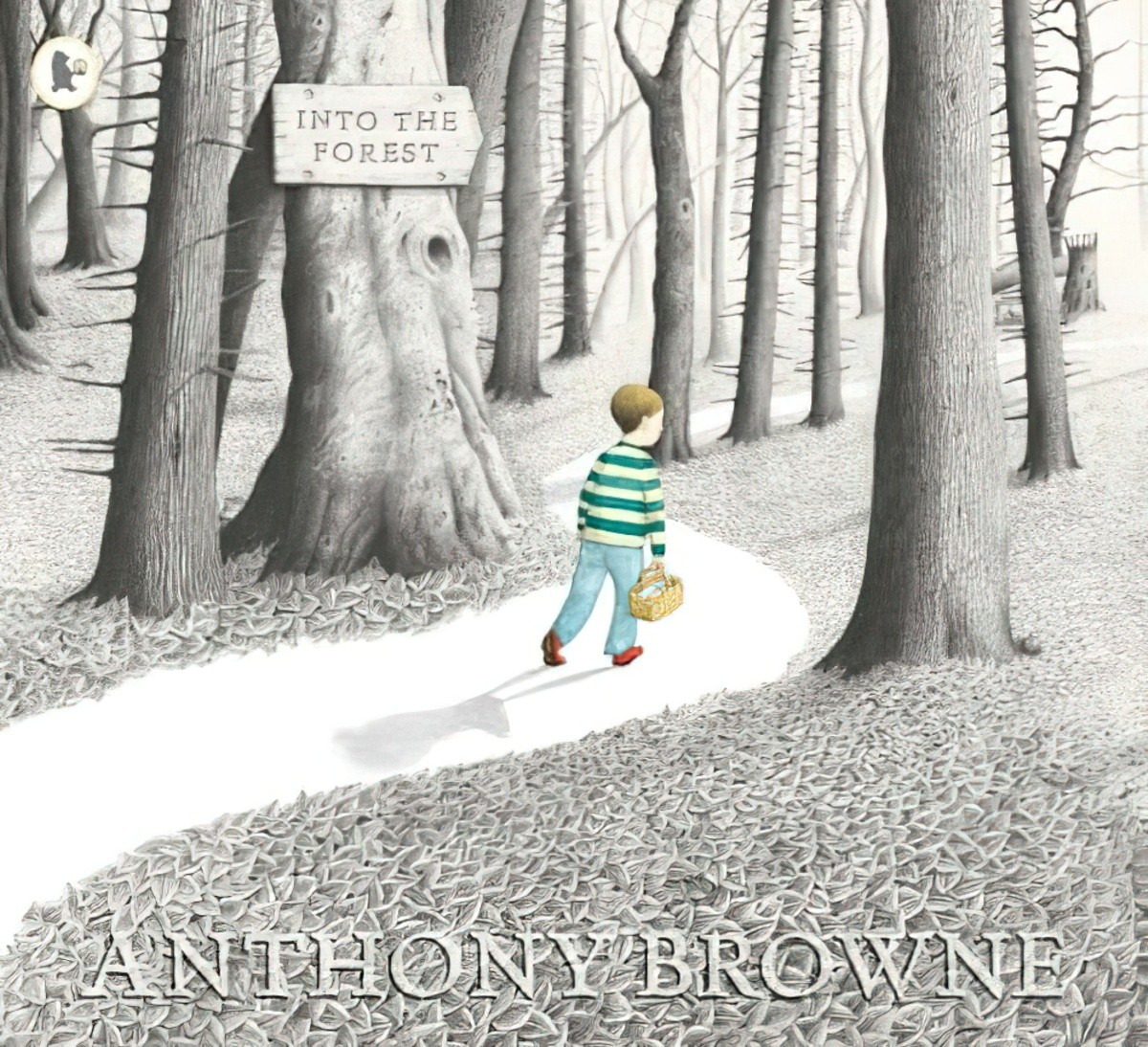-
How to Create Conflict in Literature
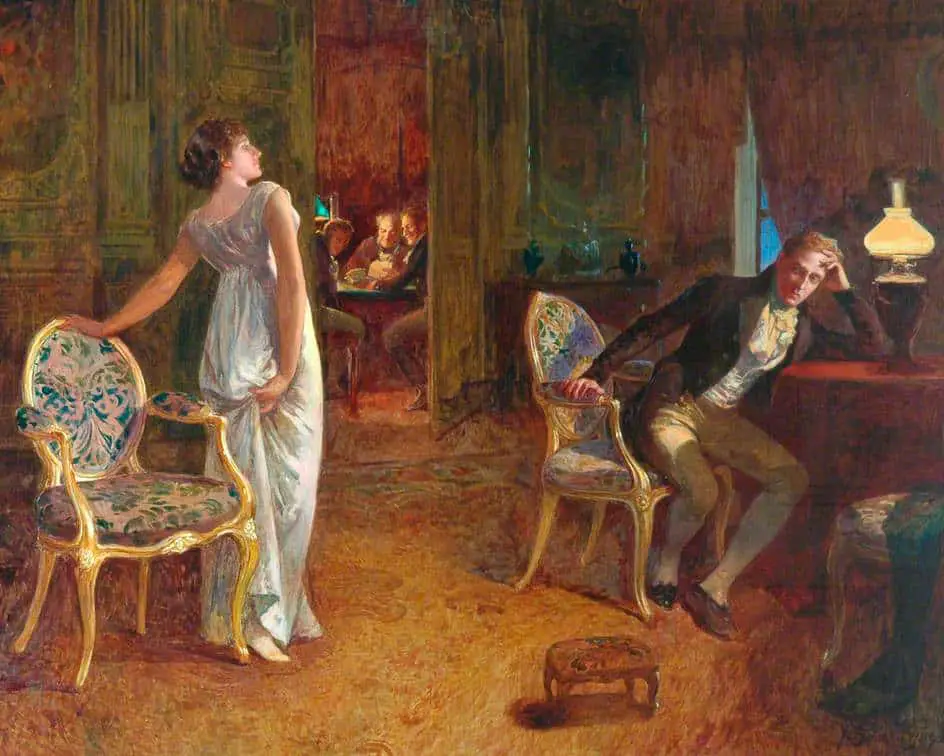
Every interesting main character in every story needs a worthy opponent. The opponent makes the main character interesting. The main character learns through their opponent. The opponent attacks the main character’s great shortcoming. The main character deals with their own great shortcoming and grows as a result.
-
The Amazing Bone by William Steig Analysis
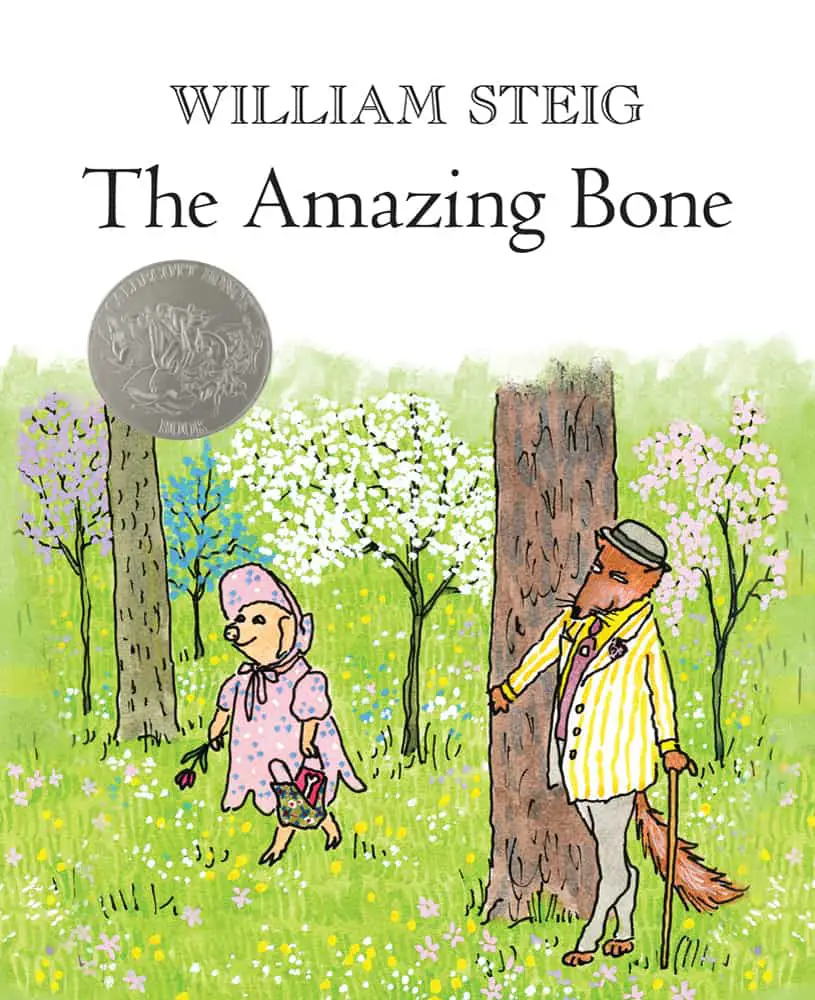
Last year marked the 40th anniversary of William Steig’s The Amazing Bone. This is remarkable because it feels, in some ways, like a much more modern picture book than that. This is all to do with Steig’s voice. Pearl is at no point mortally afraid. We know and she knows that this is a storybook world in […]
-
Symbolism Of The Forest In Storytelling
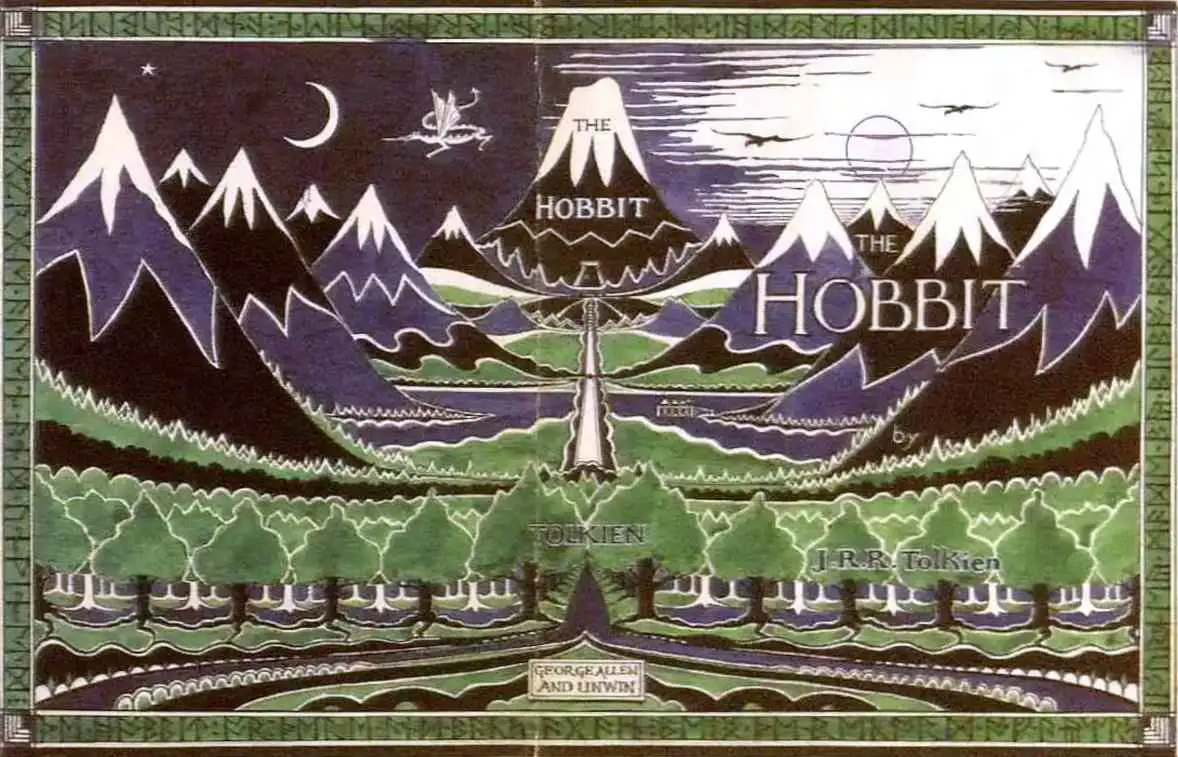
Be it woods or forest, when a character enters the trees in fiction, beware! We learned this from fairytales, but is fear of the forest innate, or taught to us via fiction?
-
Hop O’ My Thumb by Charles Perrault
Hop O’ My Thumb is so similar to Hansel and Gretel you might wonder how both co-existed. Both stories have: A time of famine In which the parents decide to leave their children in the woods A trail of pebbles A second abandonment, further into the woods A welcoming cottage in the woods A cannibalistic […]
-
Fathers In Children’s Literature
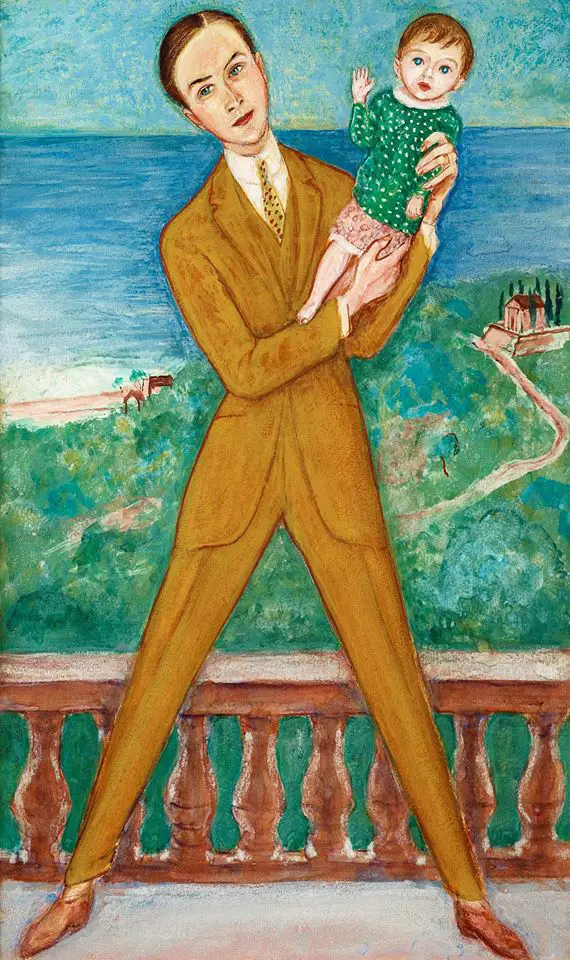
Across children’s literature, young readers see less of mothers than they do in real life, and, as a type of wish fulfilment, many see more interaction with fictional fathers.
-
The History of Hansel and Gretel
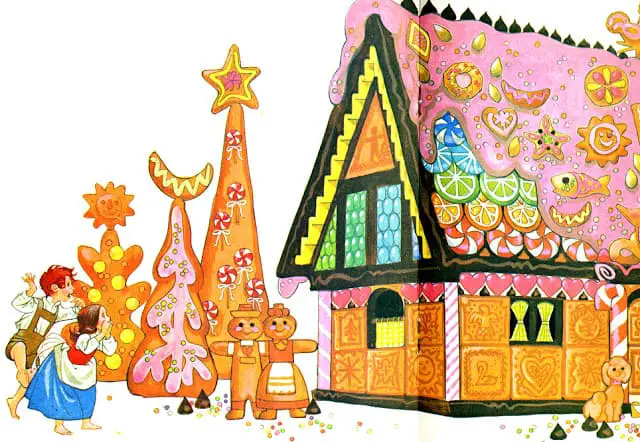
Hansel and Gretel is one of the best-known fairytales. Almost everybody knows the basic story but, more than that, this tale is the ur-story for many seemingly unrelated modern ones. For example, whenever a character meets a character in a ‘forest’ (whether the forest is symbolic or not), the audience is put in mind of wicked cannibalistic witches.
-
Why is the horror genre so popular?
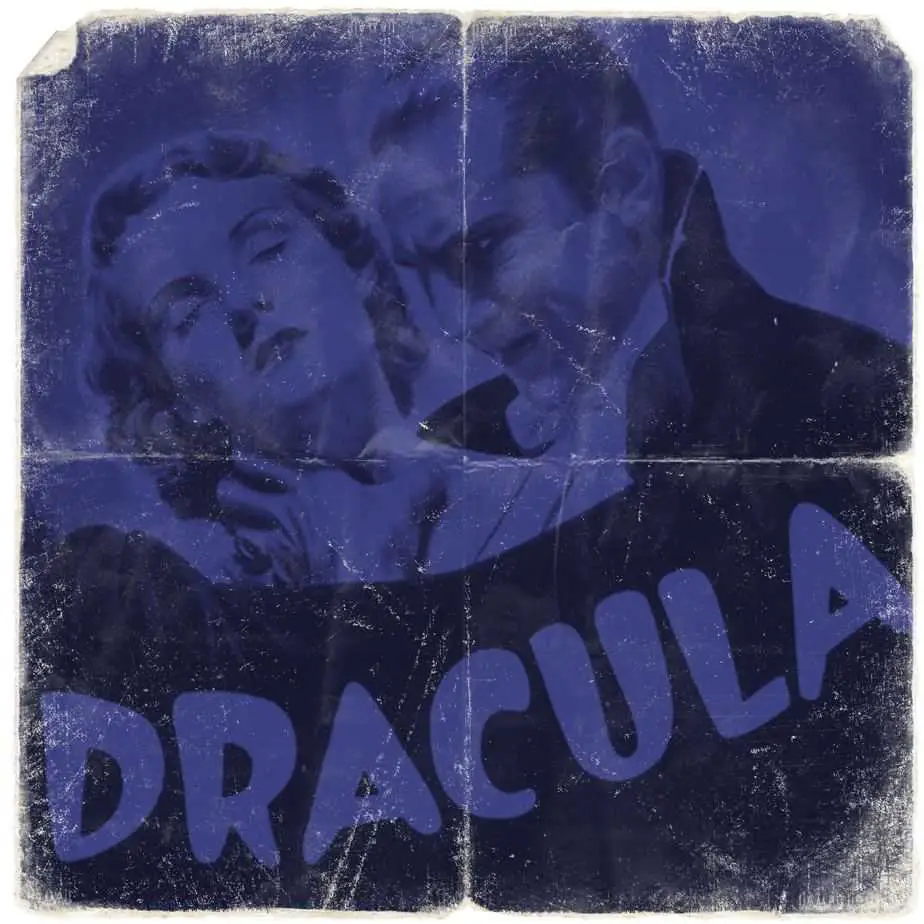
We like to be scared. Rather, fear sends a rush of adrenaline, and we like that. Scratch that. Maybe it’s the relief we feel once the rush of adrenaline is over. For the same reason, social media can be addictive. That rush when we hear a reply coming back from a tweet? That rush is […]
-
The Magic Porridge Pot And Famine
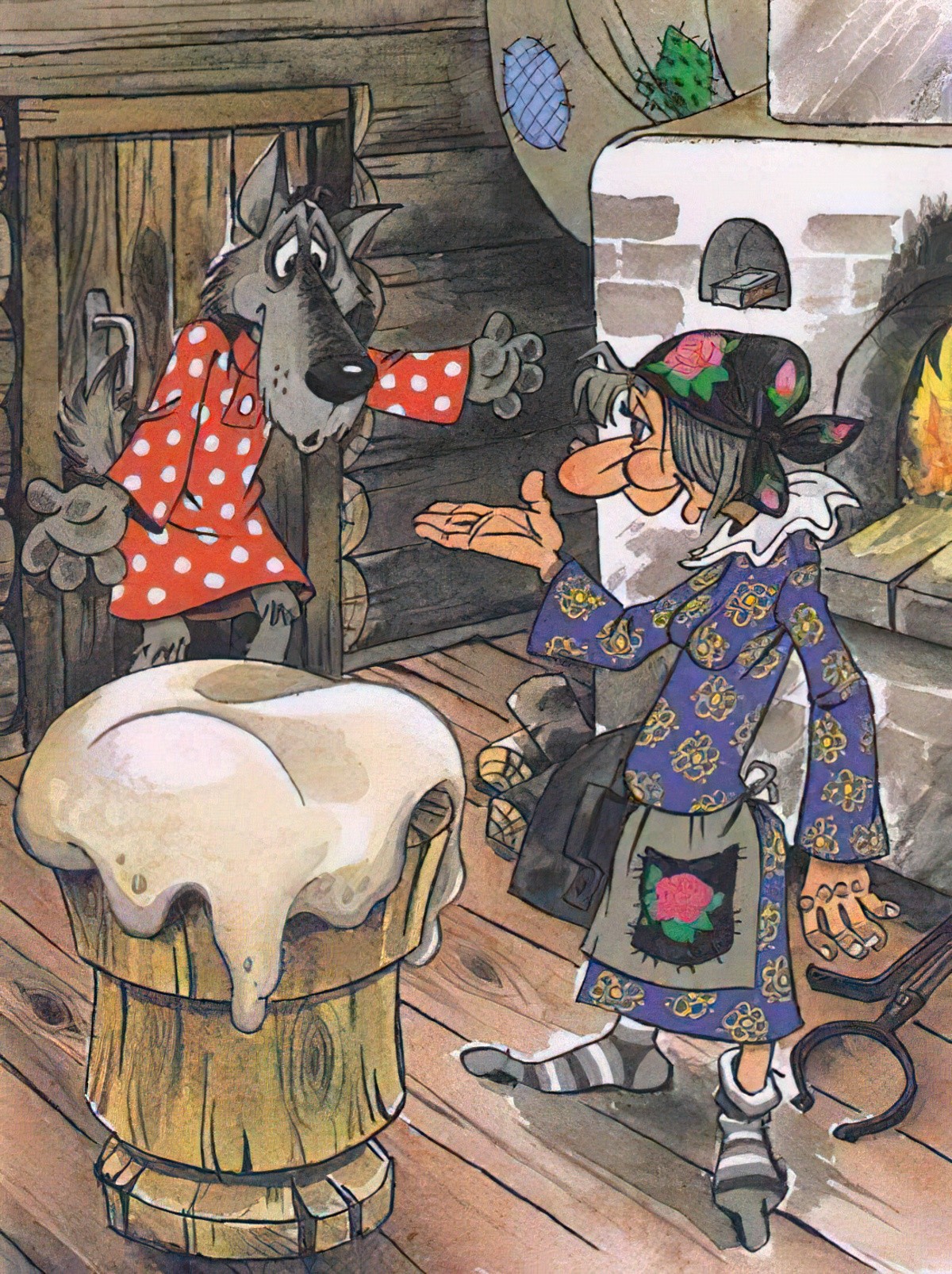
The Magic Porridge Pot is also known as Sweet Porridge and goes by various similar titles. This is a fairytale borne of famine.
-
The Trickster Archetype In Storytelling
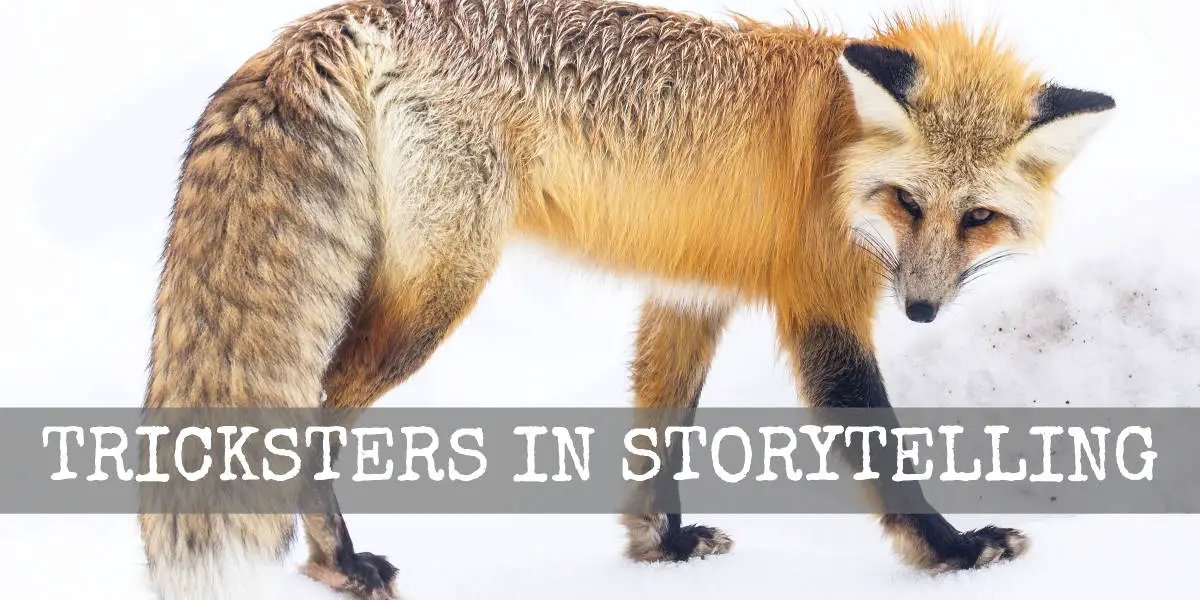
Tricksters are characters who make secret plans to get away with stuff and to get what they want. Most characters in children’s literature have an element of trickster about them, but this archetype is found frequently across the history of storytelling. In any negotiation, the one who lays out their position first usually loses because […]
-
Witches In Children’s Literature
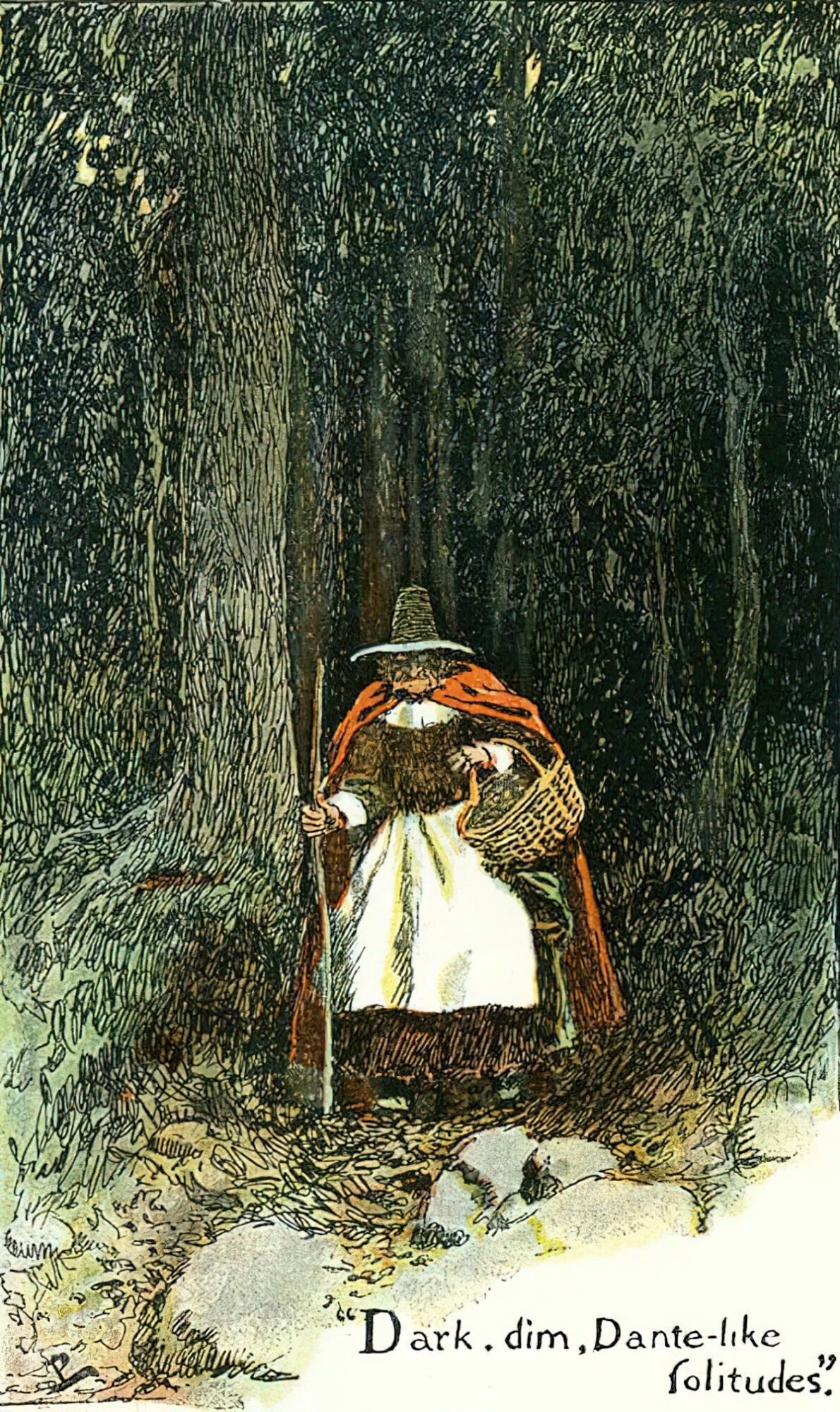
The Weirdness Of Using Witches In Modern Entertainment Witches are female equivalent of storybook pirates in that the character is based on something very real and disturbing. I’d like to append ‘in our past’ but very disturbingly, It’s 2013 And They’re Burning Witches. See also: Woman Brutally Murdered in Papua New Guinea After Being Accused of Sorcery, from […]
-
It’s The Bear! by Jez Alborough Analysis
It’s The Bear! by Jez Albrough is one of our daughter’s favourite picture books. She loved it when she was three, and still loves it even though she is now seven. It’s The Bear! is the second of Jez Alborough’s three hugely successful bear books from the 1990s. Published in 1996, It’s The Bear came […]
-
Home Away Home Story Structure
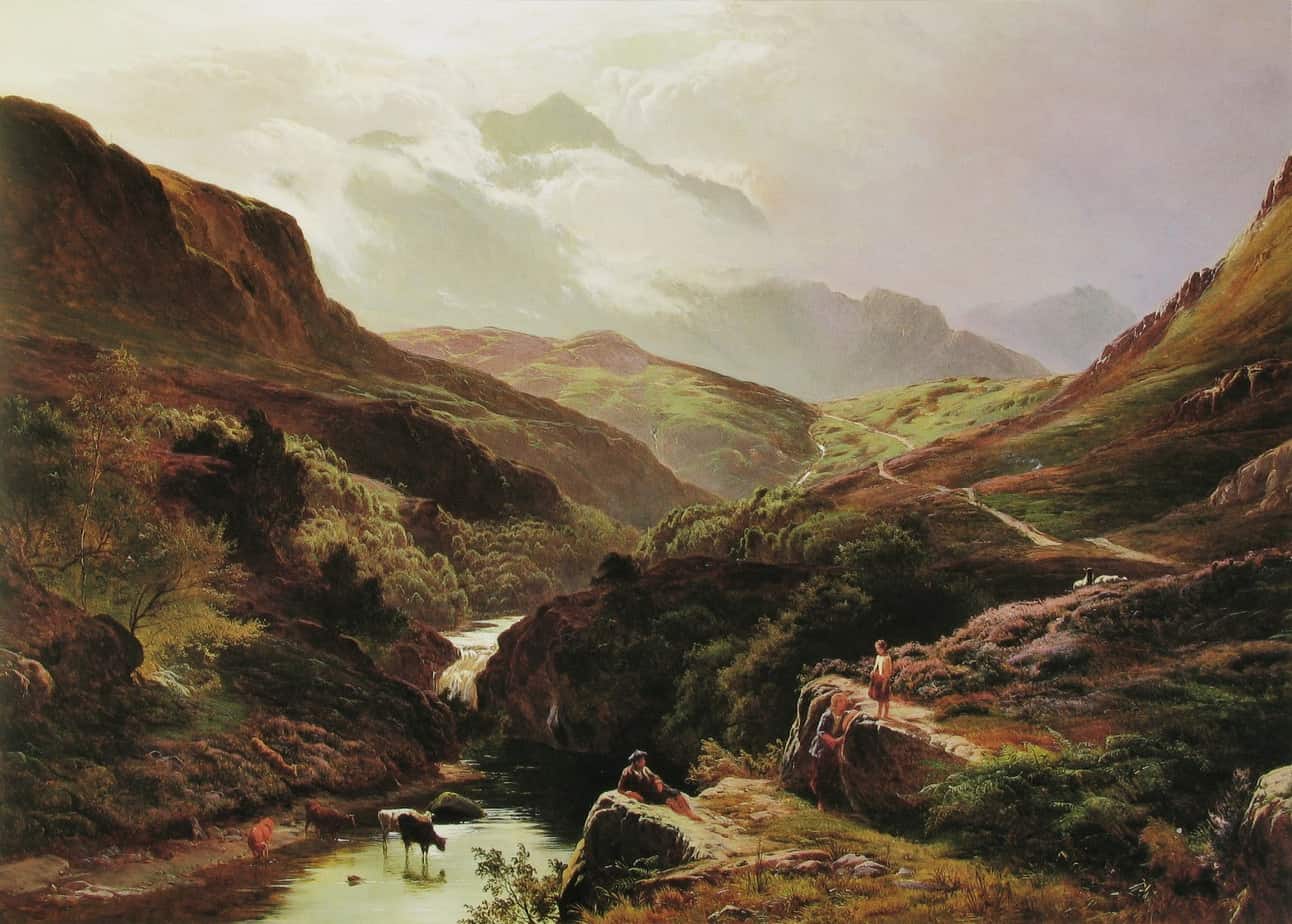
Philip Richard Morris – Home, Sweet Home
-
Gorilla by Anthony Browne Picture Book Analysis
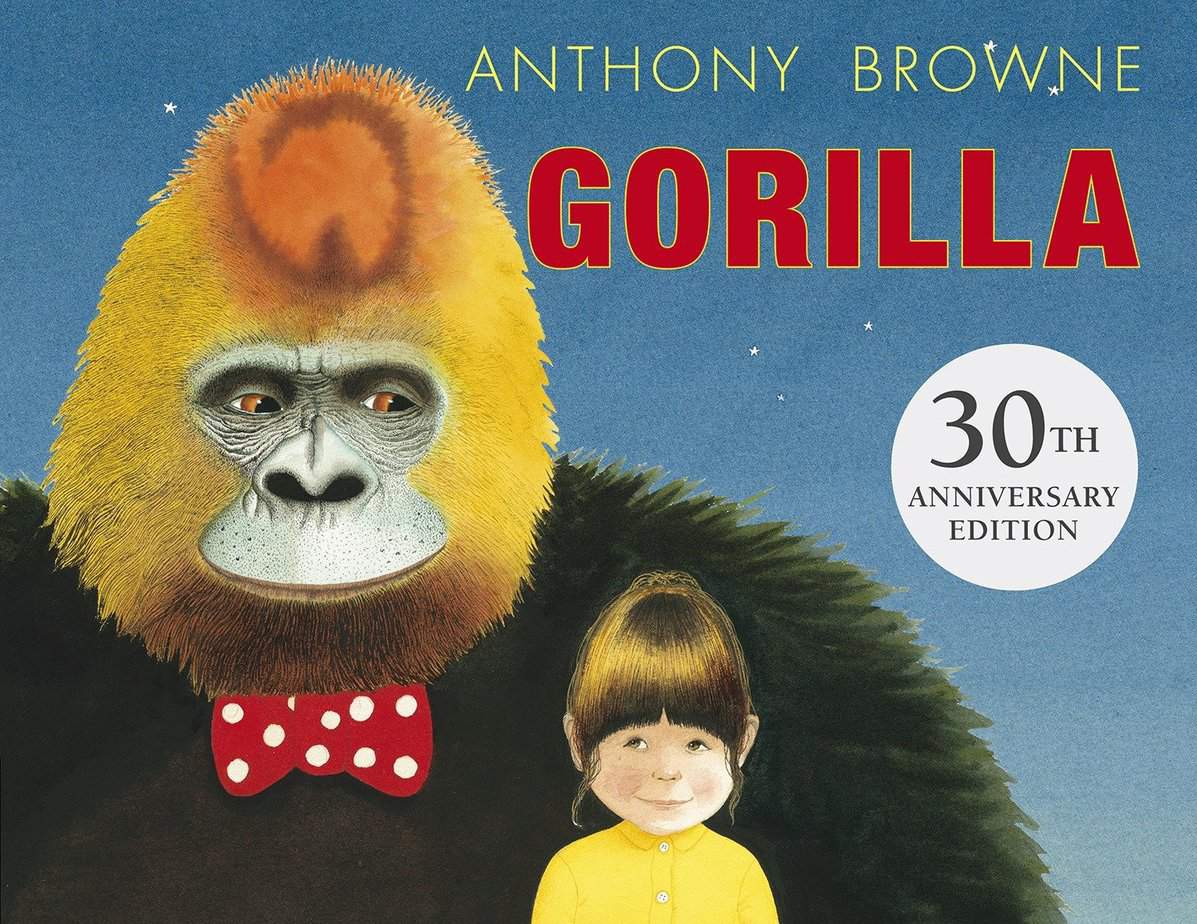
Gorilla is the book that made Anthony Browne’s name as a creator of postmodern picture books. It was awarded the Kurt Maschler Award (1982-1999), which specifically rewarded British picture books demonstrating excellent integration between words and pictures. WHAT HAPPENS IN GORILLA? A girl called Hannah — about 6 or 7 years old — feels that […]
